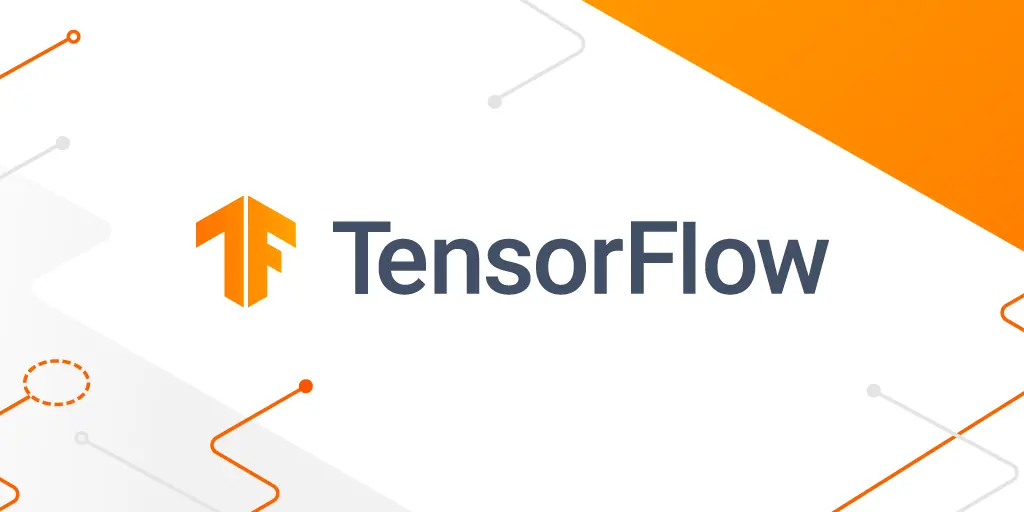Understanding AI Training Paradigms: How Machines Learn
Artificial Intelligence (AI) systems are not born intelligent—they are trained. The performance and capabilities of an AI model depend heavily on how it is trained, what data it is trained on, and what learning paradigm is used. As AI continues to evolve, understanding its core training methods has become increasingly important. This article explores the major training paradigms in AI and how they shape intelligent behavior.
1. Supervised Learning
Supervised learning is the most widely used training paradigm in AI today. In this method, the model learns from labeled data, where each input is paired with a correct output.
Example: Teaching an AI to recognize cats and dogs by showing it thousands of labeled images.
Applications: Image recognition, spam detection, sentiment analysis, speech recognition.
Strengths: High accuracy when large, high-quality datasets are available.
Limitations: Requires extensive labeled data, which can be expensive and time-consuming to create.
2. Unsupervised Learning
Unlike supervised learning, unsupervised learning uses unlabeled data. The goal is to find hidden patterns, clusters, or structure within the data without predefined categories.
Example: Segmenting customers into groups based on purchasing behavior without predefined labels.
Applications: Market segmentation, anomaly detection, topic modeling.
Strengths: Works well with large volumes of unstructured data.
Limitations: More difficult to evaluate and validate results.
3. Semi-Supervised Learning
Semi-supervised learning combines a small amount of labeled data with a large amount of unlabeled data. This approach tries to get the best of both worlds: the accuracy of supervised learning and the scalability of unsupervised learning.
Example: Training a speech recognition model with a few transcribed audio clips and many unlabeled ones.
Applications: Natural language processing, medical imaging.
Strengths: Reduces the need for extensive labeling.
Limitations: Performance depends on the balance and quality of labeled data.
4. Reinforcement Learning
Reinforcement learning (RL) is inspired by behavioral psychology. An agent learns by interacting with an environment and receiving feedback in the form of rewards or penalties.
Example: Teaching a robot to walk, or an AI to win at chess or Go.
Applications: Robotics, game AI, autonomous vehicles, financial trading.
Strengths: Effective for decision-making and real-time interaction tasks.
Limitations: Requires extensive computation and careful reward design.
5. Self-Supervised Learning
A rapidly growing field, self-supervised learning is a type of unsupervised learning where the system generates its own labels from the data. It is widely used in training large foundational models like GPT, BERT, and CLIP.
Example: Training a language model to predict the next word in a sentence.
Applications: Natural language understanding, computer vision, speech synthesis.
Strengths: Scales to massive datasets without manual labeling.
Limitations: May learn biases or irrelevant patterns if not properly designed.
6. Few-Shot and Zero-Shot Learning
Modern AI models like GPT-4 or Claude can perform tasks with very few or even zero examples, thanks to pretraining on vast corpora and leveraging contextual learning.
Few-shot learning: The model is shown a few examples before solving a task.
Zero-shot learning: The model is asked to perform a task it has never seen before.
Applications: AI assistants, translation, text classification.
Significance: Enables more flexible and generalizable AI without retraining.
Conclusion
AI training paradigms are the foundation of intelligent systems. From learning with labels to exploring environments and generating its own training signals, AI can now learn in diverse and powerful ways. As research progresses, hybrid approaches that combine multiple paradigms (like self-supervised + reinforcement learning) are becoming more common. These flexible training models are key to building smarter, safer, and more adaptable AI.
Comments (0)
Categories
Recent posts

.jpeg)
.jpg)



